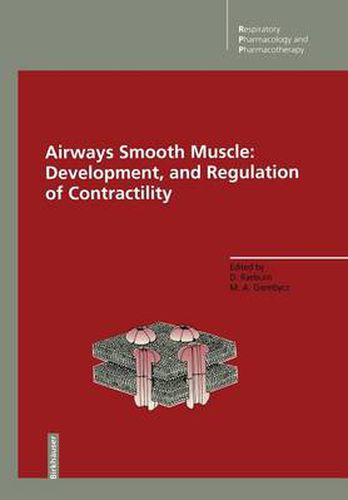Readings Newsletter
Become a Readings Member to make your shopping experience even easier.
Sign in or sign up for free!
You’re not far away from qualifying for FREE standard shipping within Australia
You’ve qualified for FREE standard shipping within Australia
The cart is loading…






This title is printed to order. This book may have been self-published. If so, we cannot guarantee the quality of the content. In the main most books will have gone through the editing process however some may not. We therefore suggest that you be aware of this before ordering this book. If in doubt check either the author or publisher’s details as we are unable to accept any returns unless they are faulty. Please contact us if you have any questions.
Most studies on autonomic innervation of smooth muscle have focused on the short-term mechanisms involved in neurotransmission in physiological and pathophysiological conditions. However recent obser vations of the long-term plasticity of this system, i. e. its capacity for regeneration and for compensatory change in pattern of innervation and expression of cotransmitters and receptors in ageing, following surgery, trauma or in disease, have indicated that an understanding of the mechanisms involved could influence the design of therapeutic regimes. There is increasing evidence for long-term communication between nerves and smooth muscle cells during development and throughout adult life. To date, the trophic interactions between nerves and airway musculature have attracted little interest, consequently, much of the information presented here is drawn from studies using other smooth muscles. However, the questions posed about trophic interactions dur ing development apply as much to airways smooth muscle neuroeffector systems as to other autonomic neuroeffector systems. These are: i) How do developing nerve fibres know where to go and how do they reach their target sites? ii) What determines the density and pattern of inner vation at reaching the effector? iii) How do the nerves survive and maintain their position once established? iv) What factors influence neurochemical differentiation such that genetically multipotential neu rones are triggered to synthesize one or combinations of neurotransmit ters? v) What influence do nerves have on the structure, function and receptor expression of their effector cells? vi) How do diseases interrupt these processes? - see [1].
$9.00 standard shipping within Australia
FREE standard shipping within Australia for orders over $100.00
Express & International shipping calculated at checkout
This title is printed to order. This book may have been self-published. If so, we cannot guarantee the quality of the content. In the main most books will have gone through the editing process however some may not. We therefore suggest that you be aware of this before ordering this book. If in doubt check either the author or publisher’s details as we are unable to accept any returns unless they are faulty. Please contact us if you have any questions.
Most studies on autonomic innervation of smooth muscle have focused on the short-term mechanisms involved in neurotransmission in physiological and pathophysiological conditions. However recent obser vations of the long-term plasticity of this system, i. e. its capacity for regeneration and for compensatory change in pattern of innervation and expression of cotransmitters and receptors in ageing, following surgery, trauma or in disease, have indicated that an understanding of the mechanisms involved could influence the design of therapeutic regimes. There is increasing evidence for long-term communication between nerves and smooth muscle cells during development and throughout adult life. To date, the trophic interactions between nerves and airway musculature have attracted little interest, consequently, much of the information presented here is drawn from studies using other smooth muscles. However, the questions posed about trophic interactions dur ing development apply as much to airways smooth muscle neuroeffector systems as to other autonomic neuroeffector systems. These are: i) How do developing nerve fibres know where to go and how do they reach their target sites? ii) What determines the density and pattern of inner vation at reaching the effector? iii) How do the nerves survive and maintain their position once established? iv) What factors influence neurochemical differentiation such that genetically multipotential neu rones are triggered to synthesize one or combinations of neurotransmit ters? v) What influence do nerves have on the structure, function and receptor expression of their effector cells? vi) How do diseases interrupt these processes? - see [1].